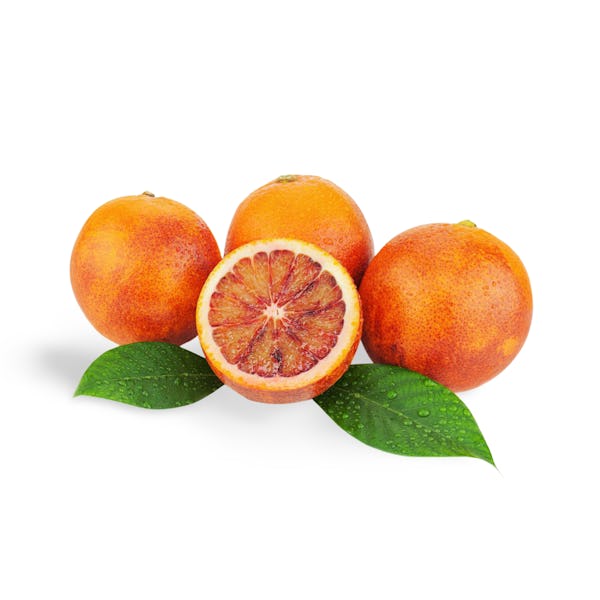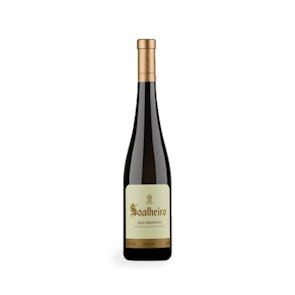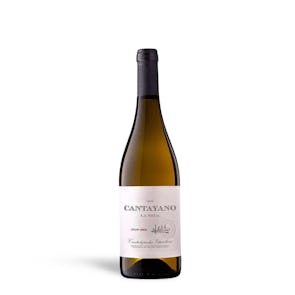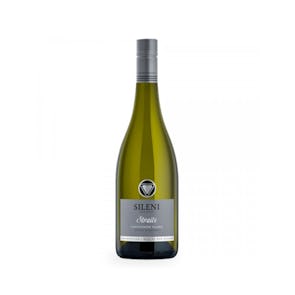


Moro Blood Oranges
The most colorful
TASTING NOTES FROM THE CURATOR
Moro Blood Oranges are the most colorful of the varieties. With a deep red flesh, and bright blush-colored rind, it exudes a sweet, floral fragrance. It is not as sweet as the Tarocco variety, but it has its own distinct sweet flavor with tart raspberry notes.
PREPARATION AND PAIRINGS
These Moro Blood Oranges are delicious to enjoy on their own. Snack on them at any time of the day! But they’re also great to use as an ingredient. Use them in salsas, marmalades, sorbets, or compotes. You can also slice them up and toss them with roasted beets and arugula, and drizzle your favorite vinaigrette for a great salad. You can also squeeze them, and add a splash of it to your Prosecco. And of course, it’s great for desserts! Top your yogurts, crepes, and pavlovas with some slices of Moro Blood Orange.
FOR THE COLOR OF ITS SKIN
Believed to have originated in Sicily as a bud mutation of the Sanguinello Moscato variety of blood orange in the 19th century, the Moro makes up 1/3 of the citrus market in the Mediterranean. It was first introduced by Frank Meyer (who worked in the US Department of Agriculture) to the United States in 1908.
Its name comes from the Moorish influence in the region in the eighth century. It was a term to originally describe indigenous people from Africa, but had evolved to describe things with dark pigmentation. Because this variety of blood orange has a deeper hue than other varieties, it was named “Moro.”
Storage Instructions
Blood Oranges require well-ventilated storage and cool temperatures away from direct sunlight. You can place them on the counter or table in a wire or wooden basket. Don’t use a sealed container, as this can hasten the spoiling process. At room temperature, they will last up to 3 days. If you decide to store your fruit in the fridge, place them in the crisper, with or without a mesh bag. They’ll keep for up to two weeks.






